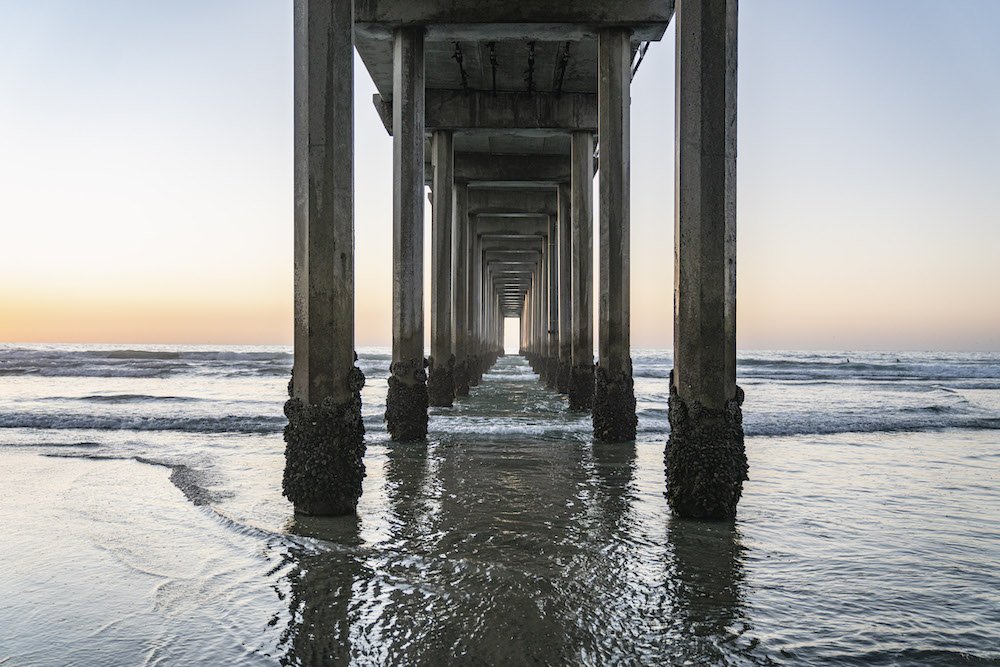30 Things to Know When Cruising to Antarctica
Cruising to Antarctica is a once-in-a-lifetime adventure that offers breathtaking landscapes, unique wildlife, and unparalleled experiences. As the last great wilderness on Earth, Antarctica boasts stunning icebergs, majestic glaciers, and a diverse array of wildlife including penguins, seals, and whales. Whether you're an avid photographer, a wildlife enthusiast, or simply an adventurous traveler, a cruise to Antarctica promises to be an unforgettable journey filled with awe-inspiring sights and experiences.
To help you prepare for this extraordinary trip, we’ve compiled a comprehensive list of 30 essential things to know when cruising to Antarctica. This guide will ensure you make the most of your Antarctic cruise, providing valuable tips on everything from packing essentials to wildlife viewing opportunities, and from environmental regulations to onboard activities. So, if you’re planning to visit Antarctica, keep reading to discover how to make your polar expedition a seamless and enriching experience.
A seal taking a nap on an ice chunk while on an AdventureSmith Exploration cruise to Antarctica. Photo by Dalton Johnson
1. Choosing the Right Cruise Ship
The type of cruise ship you select can significantly affect your experience. Smaller ships (under 200 passengers) can navigate closer to the shore and offer more landings, providing a more intimate encounter with the continent. I went on a cruise to Antartica via AdventureSmith Exploration and loved my time! The small ship and personal connection with the staff was out of this world.
2. Best Time to Cruise
The Antarctic cruise season runs from November to March. Each month offers unique experiences, with November featuring pristine ice and fewer tourists, while January and February are ideal for wildlife viewing.
3. Weather Conditions
Antarctic weather is unpredictable. While summer temperatures range from -2°C to 8°C (28°F to 46°F), be prepared for rapid changes and pack accordingly.
4. Wildlife Watching
Antarctica is a haven for wildlife enthusiasts. You can see penguins, seals, whales, and a variety of seabirds. Peak wildlife viewing occurs from December to February.
5. Zodiac Landings
Most cruises use Zodiac boats for shore landings. These inflatable boats are essential for getting close to wildlife and navigating icy waters.
6. Strict Environmental Regulations
The International Association of Antarctica Tour Operators (IAATO) imposes strict guidelines to protect the pristine environment. Follow all instructions to minimize your impact.
7. Packing Essentials
Pack layers, waterproof gear, sturdy boots, and sun protection. Don’t forget seasickness medication, as the Drake Passage can be rough.
8. Photographic Opportunities
Antarctica offers stunning photographic opportunities. Bring a good camera, extra batteries, and memory cards. A waterproof bag for your gear is also essential.
9. No Internet Connectivity
Expect limited or no internet connectivity. This is a great chance to disconnect and immerse yourself in the natural beauty.
10. Unique Landscapes
Antarctica’s landscapes are surreal, with massive icebergs, towering glaciers, and endless white vistas. Every vista offers a new perspective.
11. Expert Guides
Your cruise will likely include expert guides and naturalists who provide valuable insights into the region’s history, wildlife, and environment.
12. Safety First
Safety is paramount on Antarctic cruises. Pay close attention to briefings and follow all safety protocols during excursions.
13. Polar Plunge
Many cruises offer the chance to take a polar plunge into the icy waters. It’s a thrilling experience but not for the faint-hearted.
14. Respect Wildlife
Always keep a safe distance from wildlife. Penguins and seals are curious but should not be disturbed or fed.
15. Kayaking Adventures
Some cruises offer kayaking excursions, allowing you to paddle among icebergs and get a unique perspective of the icy waters.
16. Camping on the Ice
For a truly immersive experience, some cruises offer the opportunity to camp overnight on the Antarctic ice. It’s an unforgettable adventure.
17. Scientific Stations
Visits to research stations provide insight into the scientific work conducted in Antarctica. It’s an opportunity to learn about climate research and conservation efforts.
18. Whale Watching
January to March is the best time for whale watching. Look out for humpback, minke, and orca whales.
19. Seasickness Precautions
The Drake Passage can be notoriously rough. If you’re prone to seasickness, take preventive measures such as medication or acupressure bands.
20. Cultural Etiquette
Respect the cultural etiquette of your fellow travelers and the international community that resides in Antarctica. Quiet observation and patience are key.
21. Fitness Levels
Most excursions require a moderate level of fitness. Be prepared for walking on uneven terrain and climbing in and out of Zodiac boats.
22. Cruise Itinerary
Check your cruise itinerary carefully. Some cruises offer more shore landings, while others focus on scenic cruising.
23. Photography Workshops
Many cruises offer photography workshops to help you capture the stunning landscapes and wildlife. Take advantage of these opportunities to hone your skills.
24. Breathtaking Sunsets and Sunrises
Antarctica offers some of the most stunning sunsets and sunrises you’ll ever see. Make sure to wake up early and stay out late to witness these spectacular displays.
25. Polar Explorers’ History
Learn about the history of polar explorers such as Ernest Shackleton and Roald Amundsen. Many cruises include lectures and exhibitions on these historical figures.
26. Insect-Free Zone
One unique aspect of Antarctica is the lack of insects. You won’t have to worry about mosquitoes or flies during your visit.
27. Polar Night and Midnight Sun
Depending on the time of year, you may experience the midnight sun (24 hours of daylight) or the polar night (24 hours of darkness). Both phenomena are incredible.
28. Accessible to All Ages
Antarctic cruises are suitable for all ages, from children to seniors. However, check with your cruise operator for age restrictions and suitability.
29. Sustainable Travel
Choose a cruise operator that prioritizes sustainability. Look for companies that follow IAATO guidelines and have eco-friendly practices.
30. Memorable Experience
Above all, a cruise to Antarctica is a memorable experience that will stay with you forever. Take time to savor each moment and appreciate the unparalleled beauty of the White Continent.
Kayaking in Antarctica while on an AdventureSmith Exploration cruise. Photo by Dalton Johnson
Cruising to Antarctica is an adventure like no other. By being well-prepared and informed, you can ensure that your journey is safe, enjoyable, and environmentally responsible. Whether you're captivated by the wildlife, the breathtaking landscapes, or the rich history, Antarctica promises an unforgettable experience that will leave you in awe of this pristine and remote part of the world.









